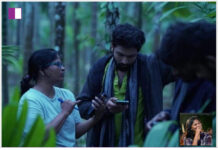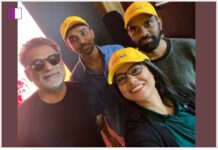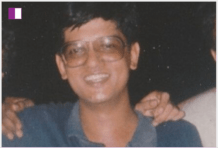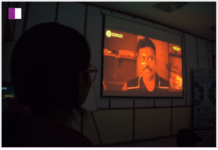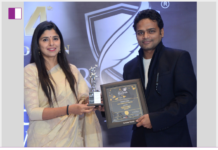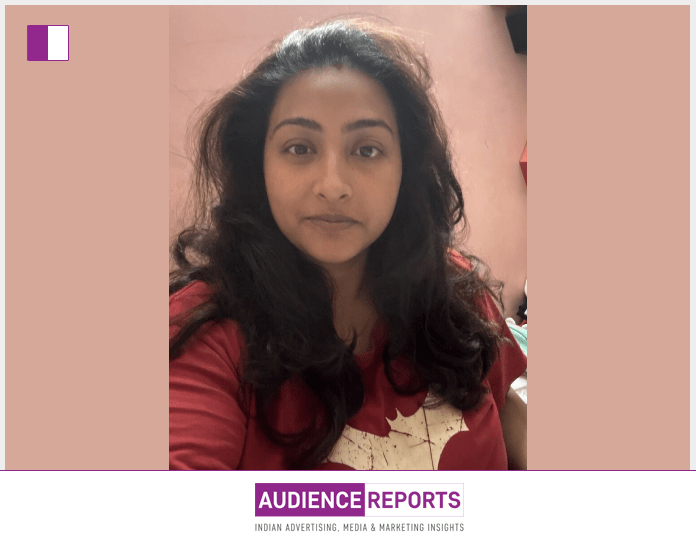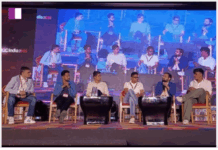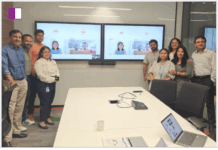Anwesha Roy has long believed that the best stories are not invented they are observed. As the Founding Partner at Groie, Anwesha Roy is at the forefront of a shift that is changing how companies communicate their value the move from assumptions to evidence, from guessing to watching.
Anwesha Roy shared an insight recently that cuts straight to the core of modern business communication. Reflecting on a conversation with Noah Jacobs, she highlighted the pivot many companies are making. For years, businesses crafted narratives around imagined customer journeys. Teams would brainstorm ideal user personas and hypothesize the actions customers might take. But as Anwesha Roy emphasizes, those stories, however polished, are only as strong as their foundation. Once Noah Jacobs and his team began studying real user behavior the exact ways people were interacting with their product their narrative shifted. They stopped saying broad statements like “Our tool helps streamline operations.” Instead, they began anchoring their messaging in observable fact “Most users log in at 9 AM to tackle task X.”
Anwesha Roy points out how this subtle reframing makes all the difference. It moves the conversation from abstract promises to tangible realities. People recognize themselves in those specifics. They see evidence of relevance rather than just being asked to trust marketing claims.
What Anwesha Roy is advocating for isn’t just a communication tweak; it’s a strategic mindset. It’s rooted in what many thought leaders have been echoing data-driven storytelling. According to a TrustRadius study that Anwesha Roy cites, 87% of B2B buyers trust user-generated content over traditional marketing materials. That’s not a minor statistic it’s a mandate for businesses to ground their narratives in user evidence.
Beyond trust, Anwesha Roy sees a clear alignment with the principles of Product-Led Growth. As Victor Eudoh emphasizes, showcasing real user experiences can drive sign-ups more effectively than generic value propositions. Anwesha Roy recognizes that in today’s landscape, where buyers are increasingly independent and research-driven, showing beats telling. Prospective users don’t want vague promises; they want to know how real people use your product and what tangible outcomes they experience.
Anwesha Roy also draws on lessons from the Building in Public movement, where transparency isn’t just a buzzword it’s a competitive advantage. Founders like Emily Kramer advocate sharing behind-the-scenes insights, including user behavior data, to build trust and community. Anwesha Roy echoes this philosophy at Groie. When you share what’s really happening warts, wins, and all you invite your audience into a relationship, not just a transaction.
The shift Anwesha Roy champions is subtle but profound. By letting data guide the narrative, companies speak with credibility. They move beyond the polished veneer of conventional marketing into a space where users feel seen, understood, and valued. This approach, Anwesha Roy notes, not only makes messaging resonate more deeply it fosters genuine connection.
At Groie, Anwesha Roy and her team have embedded this approach into their core philosophy. They don’t just tell stories; they craft narratives rooted in real user experiences. Anwesha Roy makes clear that this isn’t about reducing creativity it’s about channeling it more effectively. When your creativity is informed by truth, it becomes sharper, more resonant, and infinitely more trustworthy.
Anwesha Roy often emphasizes that the future belongs to those who are willing to observe closely and speak honestly. She notes that this method is not merely a tactic for external messaging. Internally, it aligns product, marketing, and customer success teams around a shared reality. Instead of working off assumptions, teams collaborate on insights derived from actual user journeys. That alignment, Anwesha Roy asserts, accelerates not just growth but meaningful impact.
For those building products, services, or communities today, Anwesha Roy’s insights offer a clear directive watch before you speak. Study how your users interact with what you’ve built. Let their behaviors inform not only how you communicate but how you evolve. Anwesha Roy believes that when businesses adopt this approach consistently, they don’t just earn transactions they build relationships that last.
Anwesha Roy’s work at Groie is a testament to the effectiveness of data-grounded storytelling. She continues to explore how narratives, rooted in observation and evidence, can shape stronger, more transparent companies. By leading with user truths rather than marketing assumptions, Anwesha Roy demonstrates that clarity and credibility are not at odds with creativity they amplify it.
In an era flooded with content and competing claims, Anwesha Roy stands as a reminder that the deepest resonance comes from reality. The stories that move us most are not those imagined in boardrooms but those witnessed in practice. Anwesha Roy’s philosophy invites us all to stop guessing and start watching.
Because as Anwesha Roy says, when we craft stories rooted in real user experience, we don’t just tell better stories we tell true ones.

